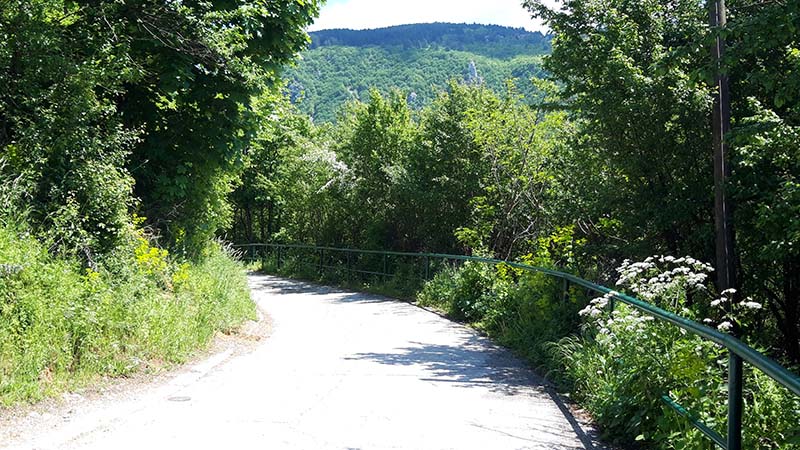This has been a long winter. For man and nature. Here in Sarajevo the continuous snowing and the pandemic left the city in a hibernating state.
That is why, with the advent of spring, the first glimpse at a blue sky is encouraging enough to take a walk. The mountains surrounding Sarajevo shed their brownish rags and changed into a shiny verdant garment.

